
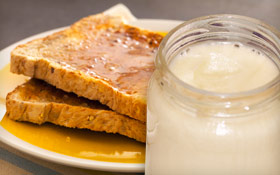

Clover
White Clover honey is New Zealand’s most common honey. The country’s inland mountains, valleys and plains with their large pastoral farms and conservation lands are the ideal location in which to produce pure white clover honey.
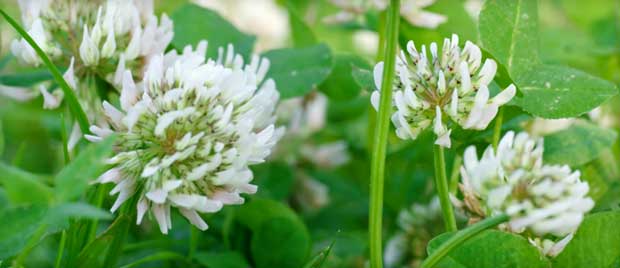

Clover

White Clover honey is New Zealand’s most common honey. The country’s inland mountains, valleys and plains with their large pastoral farms and conservation lands are the ideal location in which to produce pure white clover honey. HPNZ beekeepers are known for producing New Zealand’s very finest white clover honey from these clean, green pastures. Clover is a sweet honey with a smooth, creamy texture and an mild aroma of sweet apple and pear. When crystallised, this honey is a pearly white colour and as a liquid is almost clear with a golden glow. Clover honey can be packed as both a liquid or set honey.
the plant:
White Clover (Trifolium repens) is a nitrogen-fixing legume that is common to New Zealand’s pastures and very important to the biological economy. The clover is mixed with grasses in pasture to fix nitrogen in the soil, reducing the need for nitrogen fertilisers and as a result reducing the New Zealand’s carbon footprint. Clover is particularly important to high country pastures where the application of fertilisers is uneconomic or just plain impossible.
Honey Products
HPNZ beekeepers are recognised internationally for their expertise in premium comb honey production.
Honey Products ensure their honey is processed in a natural way to protect the honey's special characteristics.
New Zealand comb honey is presented in hexagonal wax cells for people to eat in its purest form.
Honey is a natural sweetener which includes simple and complex sugars, enzymes, vitamins, minerals, organic acids and phenolic compounds to name but a few of the 180 components derived either from the plant's nectar or introduced by the honeybee.
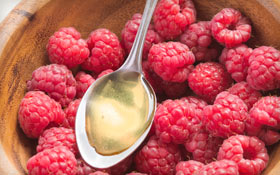

Rata
Rata honey is famous for its striking white colour and has a delicate flavour with a fruity aroma. Rata honey granulates very quickly and is therefore only packed as a set honey.
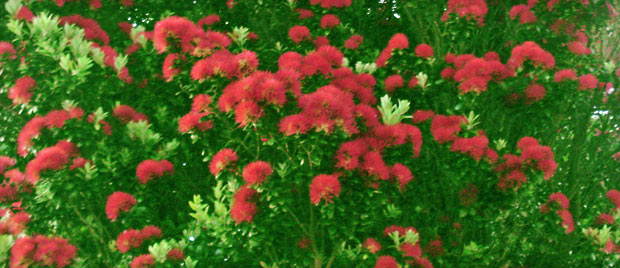
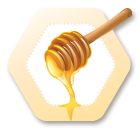
Rata

Rata honey is famous for its striking white colour and has a delicate flavour with a fruity aroma.
Rata honey granulates very quickly and is therefore only packed as a set honey.

the plant:
Rata trees (Metrosideros umbellata) have the most brilliant crimson flower and during the the mid to latter summer moths you can watch a crimson band move up the sides of the mountains as the follower progresses at different altitudes. The Rata tree is found in large areas of the native forests of Southern and South West Coasts of the South Island. Much of these forests are now protected and form part of New Zealand’s extensive conservation estate. It is rare to find such a natural and unspoilt environment.
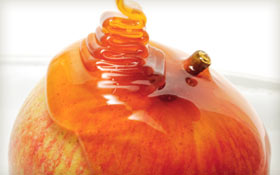

Kamahi
Kamahi Honey has a complex earthy flavour and is not particularly sweet. The honey is relatively light in colour with a yellow tinge. Kamahi can be packed as both a liquid or set honey.
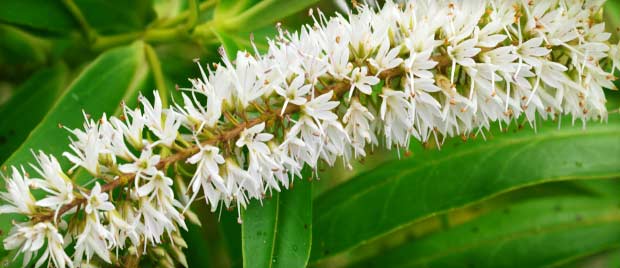
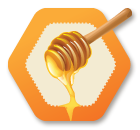
Kamahi

Kamahi Honey has a complex earthy flavour and is not particularly sweet.
The honey is relatively light in colour with a yellow tinge. Kamahi can be packed as both a liquid or set honey.

the plant:
Kamahi (weinmannia racemosa) is a tree found in large areas of native forests in the Southern and South-West coasts of the South Island. Many of these forests are protected and form part of New Zealand’s extensive conservation estate. The Kamahi flowers are prolific honey bearers and loved by the bees in the early summer.
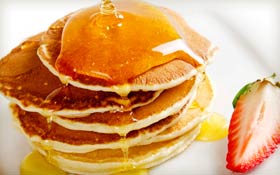

Thyme
The flavor of thyme honey is huge, with a pungent herbal aroma and very smooth texture. It is a dark honey that can be packed as either a liquid or set honey.
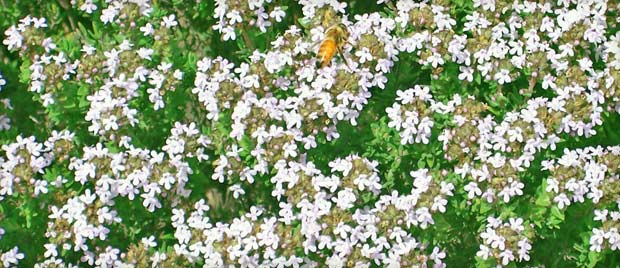
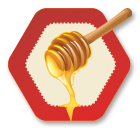
Thyme

The flavor of thyme honey is huge, with a pungent herbal aroma and very smooth texture.
It is a dark honey that can be packed as either a liquid or set honey.

the plant:
The herb thyme (thymus vulgaris) grows on the arid rugged mountains of Central Otago, in the South Island of New Zealand. It is believed that this is the only place where wild thyme grows outside of its natural habitat in the Mediterranean. In the spring the thyme flowers turn the mountainsides purple and the fragrance wafts through the valleys. It is believed that thyme was brought to Central Otago in the 1800s by Chinese miners and has since established and spread.
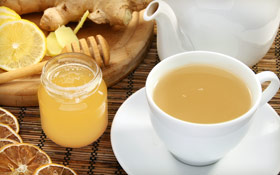

Vipers
bugloss
Vipers Bugloss honey has lovely mild, herbal flavour and smooth liquid texture. The honey is clear with a brown tinge and is very slow to granulate. Vipers Bugloss honey is only packed as a liquid honey.
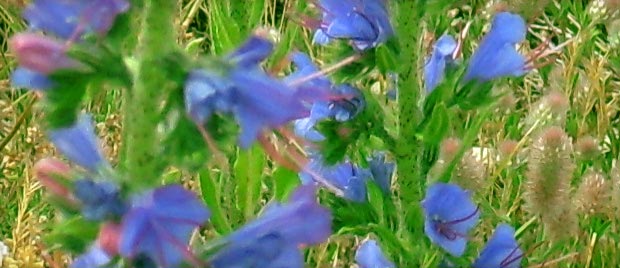
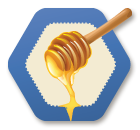
Vipers
bugloss

Vipers Bugloss honey has lovely mild, herbal flavour and smooth liquid texture.
The honey is clear with a brown tinge and is very slow to granulate. Vipers Bugloss honey is only packed as a liquid honey.

the plant:
Vipers Bugloss (Echium vulgare) is found throughout the inland arid high country of the South Island where the mauve coloured flowers of the Vipers Bugloss plant flourish after any good summer rain. The plant, with its long root system, is very drought-resistant and grows well in poor soils.
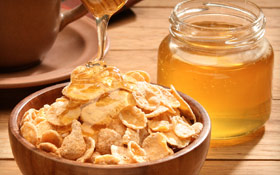

Manuka
Manuka honey has a strong herby, woody flavour and aroma and is known for its health benefits, especially its anti-bacterial qualities. Its colour can vary from light to dark brown. Manuka is usually packed as a creamed honey.
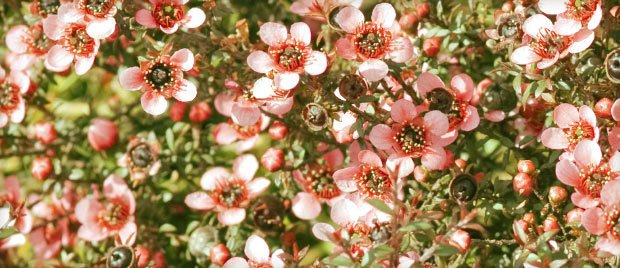
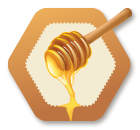
Manuka

Manuka honey has a strong herby, woody flavour and aroma and is known for its health benefits, especially its anti-bacterial qualities.
Its colour can vary from light to dark brown. Manuka is usually packed as a creamed honey.

the plant:
The region’s coastal areas contain native forests where the unique New Zealand forest plant Manuka grows. It is a small unassuming tree or bush that has been used by both Maori and Europeans for its medicinal purposes.
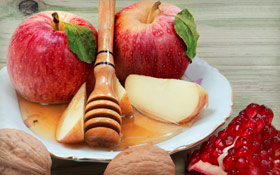

Beech
forest
honeydew
Beech Forest honeydew is a viscous liquid honey with a refreshing flavour that is not too sweet, with a spicy orange peel aroma. Beech Forest Honeydew has many unique properties including high levels of oligosaccharides.
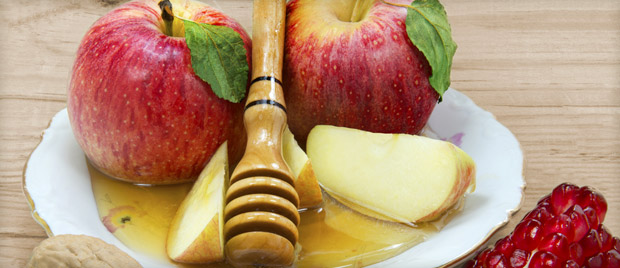
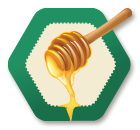
Beech forest honey dew

Beech Forest honeydew is a viscous liquid honey with a refreshing flavour that is not too sweet, with a spicy orange peel aroma.
Beech Forest Honeydew has many unique properties including high levels of oligosaccharides.

the plant:
Honeydew is different from honey as it is not derived from the nectar of the plant. Beech Forest Honeydew is sourced from New Zealand’s unique beech forests, found along the Southern Alps mountain range. A small scale insect living under the bark causes a honeydew to run down the outside of the tree, which is then collected by bees and turned into honeydew honey.
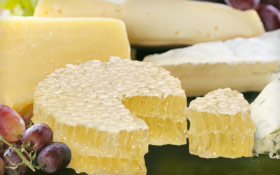

Honey
Comb
HPNZ skilled beekeepers are world experts at producing premium comb honey. They select the very best honeycombs and cut the comb honey sections.
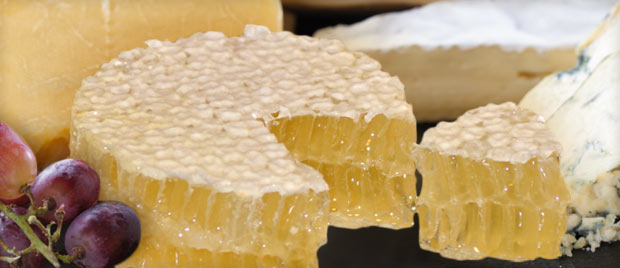
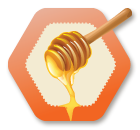
Honey comb

HPNZ skilled beekeepers are world experts at producing premium comb honey. They select the very best honeycombs and cut the comb honey sections.
The honey is presented in hexagonal wax cells, just as the honeybees made it, for people to eat in its purest form. This provides the ultimate honey eating experience.

